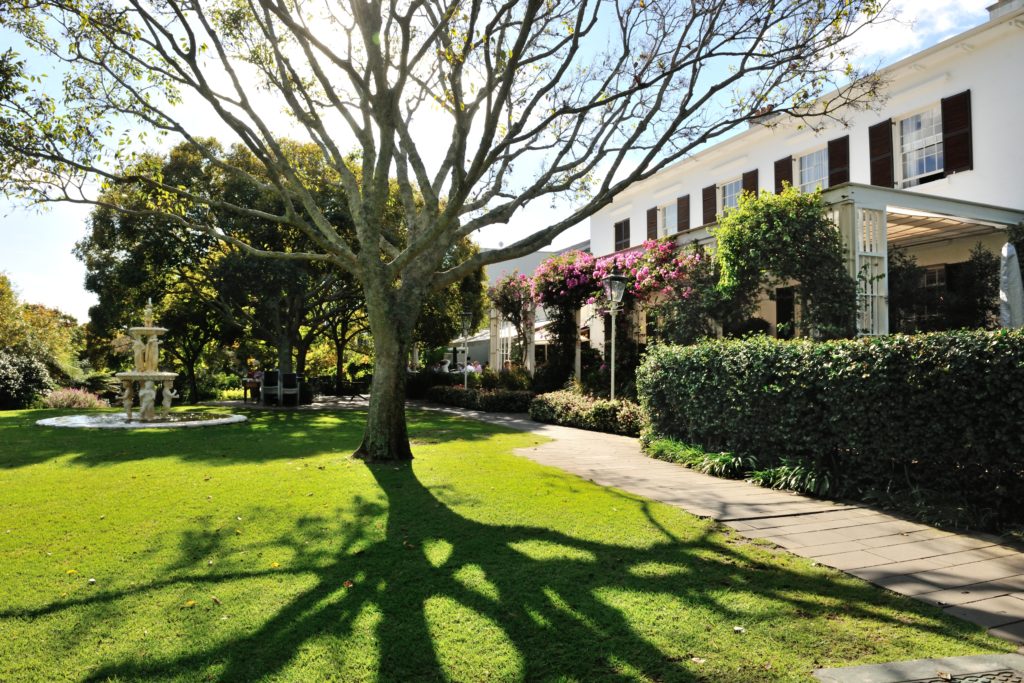
Our team is working hard to get the garden ready for winter. Here our horticulturalist Bruce Nutman gives his top tips on preparing your greenery for the chilly season.
Q) What are some of the steps you should take when preparing your garden for winter?
- Complete all winter pruning on larger shrubs and creepers before the weather turns,
- Complete the splitting and replanting of Clivias, Agapanthus and other plants during June and July,
- Complete all winter tree care maintenance in July or August, this will include removing dead wood, canopy thinning and also the shaping of main limbs,
- Complete all lawn dressing and compost applications closer to the end of winter just before going into spring,
- Near the end of winter it’s time to apply the required organic pesticides and fertiliser to all areas of your garden, this will help prepare them from the transition to spring,
Q) Should one be ‘water wise’ in the winter as well as summer?
Yes, even with the winter rains in the Cape, always make sure that your taps and hose pipes are not leaking. Switch your irrigation system to a winter cycle and switch off on rainy days. Even better – install a rain sensor on your controller, which will switch it off automatically. This is also a good time of the year to service and complete maintenance on your irrigation system, hose pipes, boreholes and well points to make sure that all is in working order.
Q) How can you protect sensitive plants from the onslaught of the colder months?
Wrap sensitive plants in hessian cloth, this will eliminate frost burn. You can also mulch with bark chips, wood chips or grass cuttings around the base of plant stems and trunks, this will help protect the root systems.
Q) What are some of the ways you can improve your garden soil?
The best way is to complete a soil test or analysis, which will tell you exactly what you need to add or change. However if this is not possible then apply and dig in good amounts of medium compost, organic fertilisers like bounce back, organic 3.1.5 fertiliser for flowering plants, organic 15.1 5 for lawn areas and organic Carbon compound 10.1.10 for planted areas and pots. In heavy clay soil add river sand to reduce the amount of clay content, then add medium to course compost plus fertilisers. For plants such as Azalea’s, Camelia’s and Hydrangeas apply acidic compost for better flowering results and healthier plants.
Q) How do you protect the vines at Vineyard Hotel during the winter?
We do not cover the vines with hessian or anything else – the vines require the cold for the eradication of disease and pests, as well as the fall of the canopy leaves. Tip for extremely cold areas: the root systems can be protected by applying and mounding bark chips along the vine lines or collecting and mounding the leaves from the previous season.
